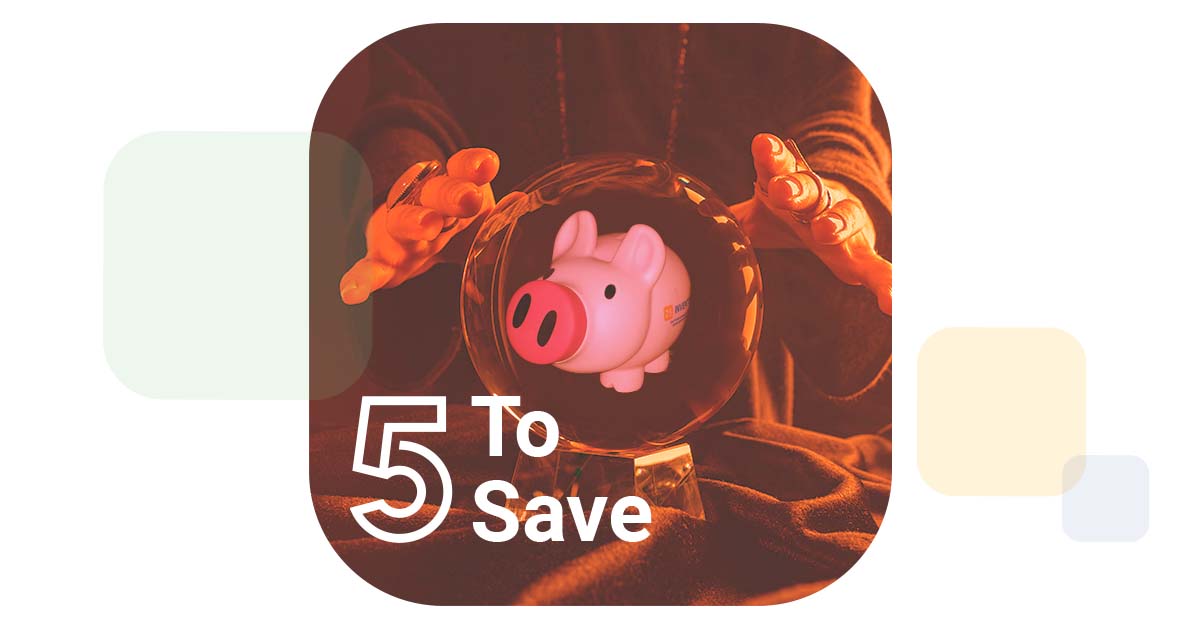What Hospital Finances Will Look Like In 2023

What's better than today's news? Tomorrow's news, of course, so that we can prepare for it today.
Modeling for the future is a big part of supply chain management, and the healthcare supply chain news is slowly catching up to that fact. Rather than reporting solely on what's been happening, this week's Five To Save has some choice predictions for what's coming next.
1. The first is that the healthcare industry's finances will only get worse. So much worse that around half of all hospitals will experience negative margins in the next year. (We're used to single-digit operating margins, but not ones that start with a minus.)
2. Obviously this affects the gigantic systems with which we all interact, but on the personal level, healthcare worker wages have lagged behind other industries since the start of the pandemic. The people we needed most to see us through a massive health crisis are the people least rewarded, incentivized, sustained -- take your pick. No wonder the recurrent point of this op-ed is that millennial finances are largely identical to healthcare worker finances (read: not great).
3. It is very difficult, therefore, for the average healthcare worker - clinician and supply chain pro alike - to address any problems other than what threatens their survival. So as bad as problems like sustainability (because the healthcare industry is both a major victim and perpetrator of climate change) and forced labor (because the supply chain is rife with invisible labor exploitation) get, it just doesn't seem like there are enough hours in the day to tackle them.
4. Improving visibility and transparency throughout the supply chain will help with both of those problems, though. And that's already a goal that many providers express to us. So go for it!
5. Let's end with a little good-news-bad-news all wrapped into one: Americans are currently at their lowest-ever level of concern about COVID-19. The good news is that fewer people must be experiencing extreme outcomes from the coronavirus, but the bad news is that fewer people are taking precautions against catching it.
Does that mean that we can look forward to more cases, which will put strain on providers who are already losing money and the healthcare workers who can't afford to work at those same providers? That's a piece of tomorrow's news that we can't predict today.
But we can help find healthcare supply chain savings opportunities to help hold the line against that constantly receding margin. Maybe in a section of the inventory management process that you wouldn't expect.


